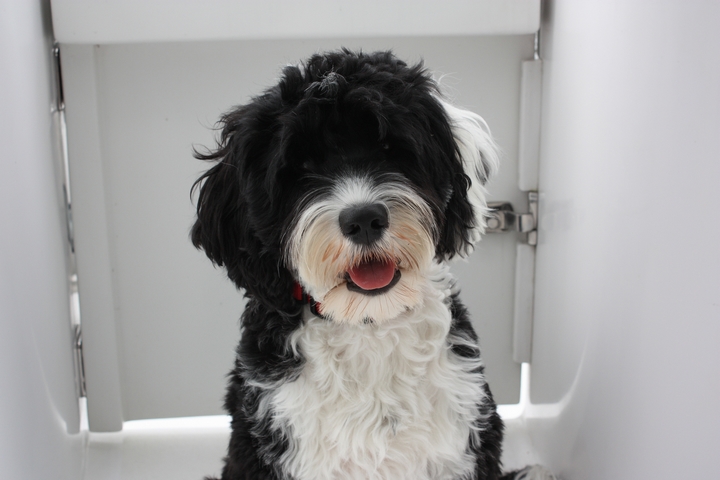Famous for sharing homes with people like Obama, the Portuguese Water Dog is a common breed for those looking for an animal with a sense of adventure and for those who suffer from allergies. A rare dog, the Portuguese Water Dog, is originally from Portugal but has made its way to North America and even Iceland.
The Portuguese Water Dog is not a common breed of dog to own. In 2013, there were only 36 Portuguese Water Dogs entered into Britain’s Crufts competition. The Crufts competition is a championship conformation show for dogs in the UK.
Known for being loving, independent, and intelligent, Portuguese Water Dogs can be easily trained. They are also generally friendly to strangers and enjoy cuddling and petting. And due to their soft, fluffy coats, owners usually love cuddling and petting them too.
1. Portuguese Water Dog History
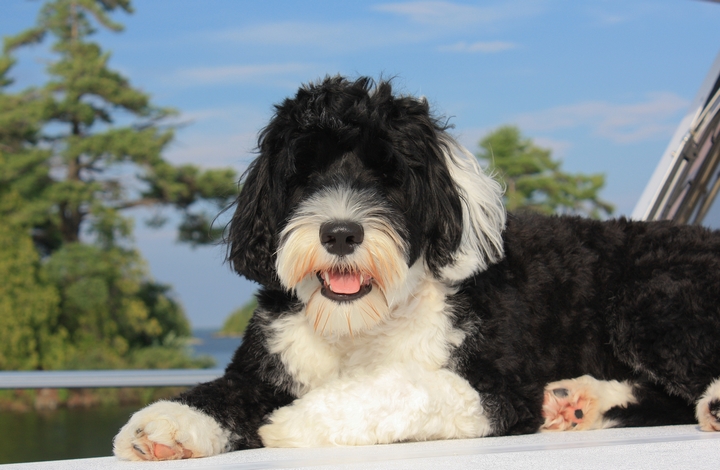
Classified as a working dog by the American Kennel Club, the Portuguese Water Dog is originally from the Portuguese region of Algarve. The dog became so popular within the region that it was bred all along the coast.
Trained as a working dog, the Portuguese Water Dog was taught to herd fish into the fishermen’s nets, retrieve lost tackles and broken nets, and carry messages from ship to ship or ship to shore.
Throughout history, the Portuguese Water Dog would often sail with Portuguese fishermen along the waters of the Atlantic ocean of Portugal to Iceland, where they became very popular in the country. In Iceland, they were also used to help fish and catch fleets of cod.
2. Portuguese Water Dog Names in Portugal
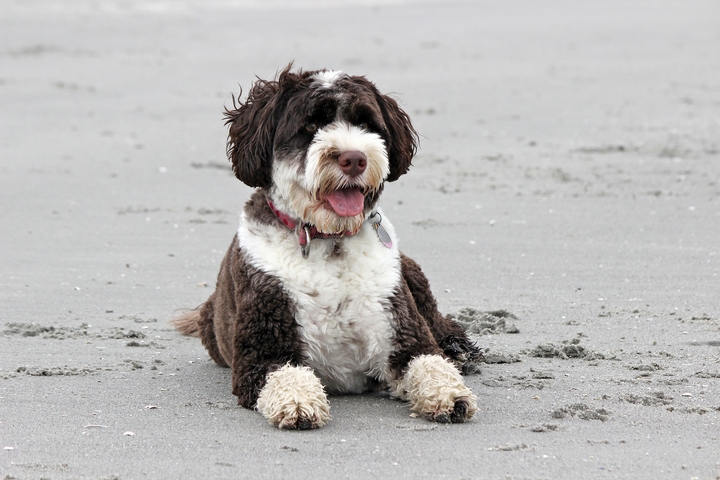
In Portugal, the Portuguese Water Dog is known as Cão de Água, which translates to “dog of water.” Other names the dog has are Algarvian Water Dog, which translates to Cão de Água Algarvio, and Portuguese Fishing Dog, which is Cão Pescador Português in Portuguese.
3. Portuguese Water Dog Coats
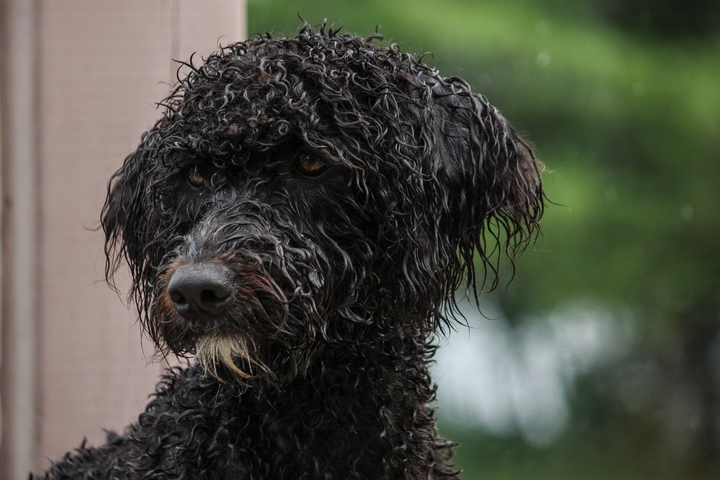
Portuguese Water Dogs have a single-layered coat. While there is no scientific evidence to support the claim that Portuguese Water Dogs are a hypoallergenic breed, their non-shedding qualities have made them very popular in recent years.
4. Coat Colours
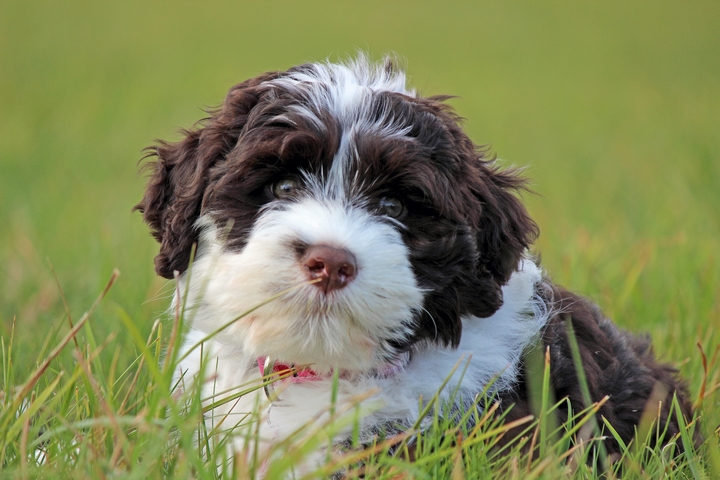
Most Portuguese Water Dogs have black, white, black and white, brown, or silver-tipped coats. It’s also common to see white spots on their chest or white or black and brown on their legs. When a Portuguese Water Dog has white and black spots, it’s called the “Irish-mark.” This coat type is very rare but visually striking.
Interestingly, in Portugal, the breed standard does not allow more than 30% of white markings on the dog. And overall, white is the least common coat colour for a Portuguese Water Dog. The most common colour in a coat is black and white markings on the Portuguese Water Dog’s chin; this is called a “milk chin.”
5. Coat Styles
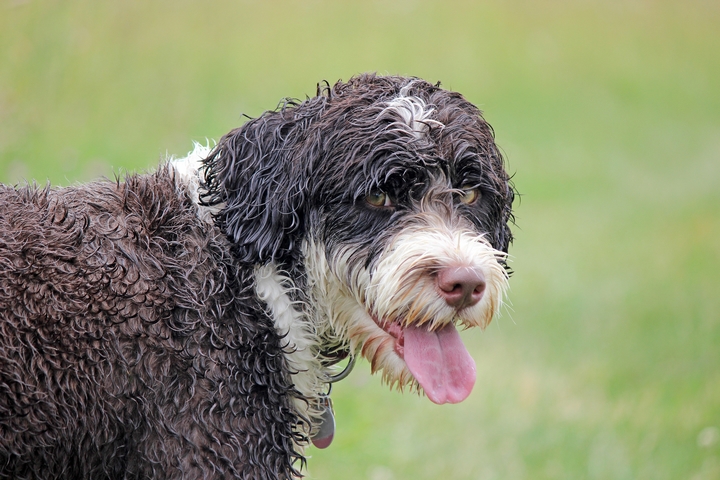
There are two main types of coat style: curly coat and wavy coat. The curly Portuguese Water Dog is compact with cylindrical curls and is considered lusterless. The hair on the curly coat can also be sometimes wavy around the ears.
The wavy coat is described as having gentle waves with a sheen look. Sometimes the Portuguese Water Dog has a mixed curly and wavy pattern on its body.
A cute and adorable puppy, the Portuguese Water Dog is an excellent choice for those looking for a friend who’s fun and cuddly, and those who have experienced allergies in the past. However, even though the Portuguese Water Dog comes from a warm climate, it can adapt to a colder one, just like its history in Iceland and at home with Obama in the United States.

